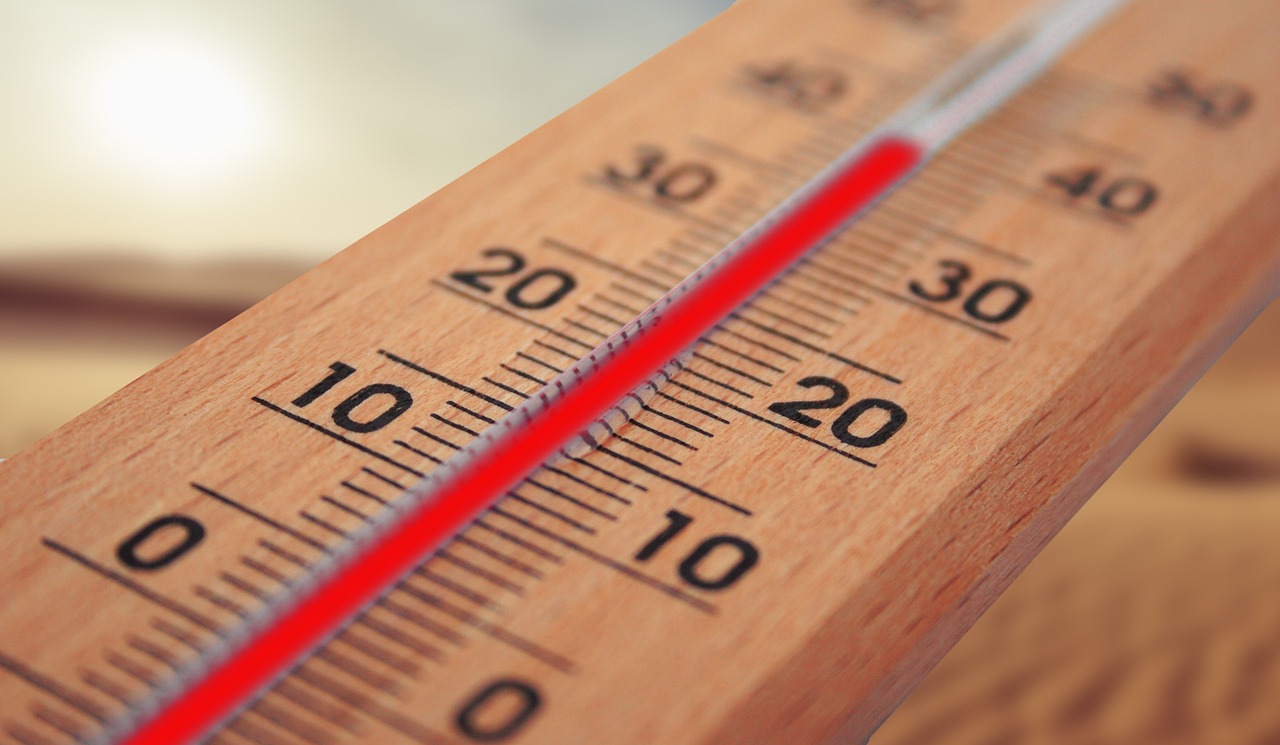
403
Sorry!!
Error! We're sorry, but the page you were looking for doesn't exist.
UNICEF reports around 500M children experience extreme heat conditions over half year
(MENAFN) On Wednesday, the UN Children's Fund (UNICEF) reported a concerning trend regarding global temperatures and their impact on children. Nearly 500 million children, primarily in West and Central Africa, are experiencing extreme heat conditions, spending over half the year in temperatures exceeding 35 degrees Celsius. This finding underscores the escalating climate crisis's direct effects on vulnerable populations.
UNICEF's latest analysis reveals that one in five children, or approximately 466 million, lives in regions where the number of extremely hot days—those exceeding 35 degrees Celsius—has doubled compared to six decades ago. This significant increase highlights the urgency of addressing climate change and its impacts.
UNICEF Executive Director Catherine Russell emphasized the heightened vulnerability of children to extreme heat. "Children are not little adults," she explained. "Their bodies are far more vulnerable to extreme heat. Young bodies heat up faster and cool down more slowly. Extreme heat is especially risky for babies due to their faster heart rate, so rising temperatures are even more alarming for children."
Russell called for decisive action from governments to mitigate rising temperatures. She urged that as national climate action plans are being developed, there must be a focus on ensuring that future generations inherit a more habitable world.
The analysis, which compares temperature data from the 1960s with averages from 2020-2024, provides a stark warning about the increasing frequency of extreme heat. In 16 countries, children now endure over a month of additional sweltering days annually compared to six decades ago. For instance, in South Sudan, children experience an average of 165 extremely hot days each year, up from 110 in the 1960s. Similarly, Paraguay's average has risen from 36 to 71 days.
West and Central Africa are particularly hard-hit, with 123 million children—39 percent of the region’s child population—facing temperatures above 35 degrees Celsius for at least one-third of the year. This includes extreme conditions in Mali, where children experience up to 212 days of such temperatures annually, and in Niger, Senegal, and Sudan, where the figures are similarly high.
In Latin America and the Caribbean, almost 48 million children live in areas with double the number of extremely hot days compared to six decades ago.
UNICEF's latest analysis reveals that one in five children, or approximately 466 million, lives in regions where the number of extremely hot days—those exceeding 35 degrees Celsius—has doubled compared to six decades ago. This significant increase highlights the urgency of addressing climate change and its impacts.
UNICEF Executive Director Catherine Russell emphasized the heightened vulnerability of children to extreme heat. "Children are not little adults," she explained. "Their bodies are far more vulnerable to extreme heat. Young bodies heat up faster and cool down more slowly. Extreme heat is especially risky for babies due to their faster heart rate, so rising temperatures are even more alarming for children."
Russell called for decisive action from governments to mitigate rising temperatures. She urged that as national climate action plans are being developed, there must be a focus on ensuring that future generations inherit a more habitable world.
The analysis, which compares temperature data from the 1960s with averages from 2020-2024, provides a stark warning about the increasing frequency of extreme heat. In 16 countries, children now endure over a month of additional sweltering days annually compared to six decades ago. For instance, in South Sudan, children experience an average of 165 extremely hot days each year, up from 110 in the 1960s. Similarly, Paraguay's average has risen from 36 to 71 days.
West and Central Africa are particularly hard-hit, with 123 million children—39 percent of the region’s child population—facing temperatures above 35 degrees Celsius for at least one-third of the year. This includes extreme conditions in Mali, where children experience up to 212 days of such temperatures annually, and in Niger, Senegal, and Sudan, where the figures are similarly high.
In Latin America and the Caribbean, almost 48 million children live in areas with double the number of extremely hot days compared to six decades ago.

Legal Disclaimer:
MENAFN provides the
information “as is” without warranty of any kind. We do not accept
any responsibility or liability for the accuracy, content, images,
videos, licenses, completeness, legality, or reliability of the information
contained in this article. If you have any complaints or copyright
issues related to this article, kindly contact the provider above.


















Comments
No comment